During the years I’ve worked organizing photo tours, I have seen a lot of things, and helped people take a lot of incredible photographs. My clients often ask me for tips on how to do travel photography well, as it is quite different from other types of photography, and so I have come up with a list of essential tips that I think everyone should keep in mind when heading on a photographic tour or workshop.
- Great travel photography requires a lot of planning, so take your time.
- Look for any and all options when the opportunity you want doesn’t
present itself. - Don’t get hung up on the right way to take any given shot.
- Make sure to connect with your subject.
- Get used to getting up close with your subject, enter in their
psychological space. - Don’t act like a tourist.
- Don’t act like a ‘pro’.
Great Travel Photos Require Planning
Some great photos seem spontaneous when you look at them, but the truth is, almost all great photos are a result of a time investment and good planning, not just a lucky shot.
When planning a picture you need to evaluate everything, look at where the light is coming from, how it falls, how it changes over the course of an hour or two. Watch the scene, see who comes and goes, how they stand against the background, and if this is the background you want. You need to pay attention because the devil’s in the details. Are the people coming from the same places, going to the same places? Is the motion more chaotic? You need time to notice some patterns about their movement. Also, what is the light doing, is it acting a certain way due to cloud cover, something that could vary greatly from minute to minute?
All great photos are a result of a time investment and good planning, not just a lucky shot.
Often times, such as the time I was in the Li River in China, with my China Photo Tour, I will find the place I want to photograph and spend an hour or two just watching and waiting. It might be that my picture comes together in those two hours, but it might be that I need to come back the next day to get the exact shot that I want.
Get Creative; There are Options Where You Least Expect Them
Sometimes it seems you are confronted with a shot that is impossible to take. When this happens, it is time to get creative. Especially in travel photography, the scene is almost never going to be exactly what you want. You need to move around the space, see how the story changes with respect to your position. See which subjects suddenly become important or appear when they had not been apparent before. You may need to do a bit of actual climbing to get up or down from a subject, or wait, as I said in point one, to see how the light will change your shot.
Sometimes it seems you are confronted with a shot that is impossible to take. When this happens, it is time to get creative.
I am reminded of a situation I recently experienced on one of my Nomad Xpedition photo tours to Lalibela, Ethiopia. I was in a stone church that only had one light source – a small shaft of outside light coming down to one place, and it was not the one I wanted, initially. I had to do a lot of moving around, trying to use the very dim light of the candles around the edges of the church, to get what I wanted from this one shaft of light.
There is No ‘Right Way’ to Take the Shot You Want
Many times on my photo tours, people ask me, ‘what speed should I use right now’, or ‘I think this came out fuzzy, should I redo it? Does it matter?’ My answer is always, well, that depends on what story you want to tell.
There is no one right way to take the shot you want. Two people faced with the same situation could decide on two opposite techniques and decisions. So, ask yourself not how to do it right, but what you want to do. Do you want to give the sense of motion or dreamy atmosphere? Then, you will need to use a slow speed. Do you want to freeze the moment in time? It will be a picture that comes from your own personal vision. To the person next to you, photographing the same subject, a slight blur might be an error, but maybe for your vision this blur will give the picture that sense of ethereal ambiance which is exactly what you want to portray.
And by the same token, don’t immediately throw out an accidental or ‘wrong’ photograph. It could turn out that with a little work, that slight bokeh around your main character, or the blurred background adds exactly what you needed to the entire composition.
Connecting With People is Important
Travel photography inherently means interacting with people. If you are trying to photograph people, and thus photograph life in general, it is paramount to connect with your subjects. Not doing so is not only disrespectful to the subjects you want to photograph, but you probably won’t get what you want if you don’t form any kind of relationship.
First, remember to smile. It doesn’t have to be a big show, just an effort. Even when everything is going wrong, even when your booking hasn’t appeared or you have miscommunicated with your transport, laugh a little, and smile. It eases the situation and it makes your subject feel like the problem, or the photograph, isn’t such a big deal.
Learn a few words in the native language. Show you are making an effort, even if you sound silly doing it. In the south of India on one of my photo tours I learned a few words in the Gujarati dialect, just a greeting and a few useful words like ‘Abayoo’ (out/over there) and ‘seedah, seedah’ (straight ahead, straight ahead). It worked wonders in terms of bringing me closer to the people I wanted to photograph.
Make eye contact, if the culture is alright with that. In most places, eye contact shows respect, and when you do not speak the language, remember that eyes are the windows to the soul. Eye contact allows the other person to read you and shows that you have nothing to hide. When you only know a few clips and phrases, gestures, like this one, go a long way.
Don’t be afraid either to take a stranger’s hand. While in western culture we might not be as used to physical contact, in many places in the world this is a way of connecting.
Don’t Be Afraid to Get Close
As I just said, eyes are the windows to the soul, and with portrait photography, you often need to get up close and personal. Sometimes good pictures are made on your knees. I am always irritated if I see a tourist standing above someone taking a picture of a person sitting on the ground beneath them. It is more respectful, and also a better photo, to get down to the subject’s level. It will bring you physically closer, but a good travel photographer doesn’t allow any feelings of awkwardness to come between them and the best shot.
Also, forget about using long lenses. This will only keep people at a distance. A long lens and this kind of distance won’t create a photo that transmits much emotion. Prime lenses will become your best friend; they will force you to approach the subject as well as become aware of the entire frame, and to take your time.
So get close, and look people in the eye. I guarantee that your photography will improve.
Don’t Act Like a Tourist
Tourists take photos because they are convenient. If you want a great photograph, start taking time, and moving around. If there is a spot that is convenient that means a shot you take from that spot will be commonplace – every tourist will have one photo just like it. So, find the best light and then walk uphill, where no one else seems to be going. Maybe the light is worse, but wait around a few minutes to see what changes. Making a little more effort can ensure you are getting the shot no one else has.
And cross over to the other side. Remember that travel agencies generally organize things around comfort and convenience as well.
The more you wander away from that, the most likely you are to encounter something authentic, and thus, a much, much better picture.
Have a tea with the locals in a place were you don’t see other tourists.
Don’t Act Like a ‘Pro’
Basically, don’t ‘work’. Don’t force yourself into taking photographs just because you are holding a camera. Just take your photographs when you believe it’s the right moment for it. Focus on getting one good photo a day, nothing less, nothing more. If more than one comes out, it is gravy, but don’t aim for that. If you do, you might start rushing, or pushing yourself, and as a result, your photography will suffer. So take your time and do it calmly.
Don’t force yourself into taking photographs just because you are holding a camera.
From time to time I get in my workshops a professional photographer who is struggling to create sellable images. It is a good thing to remind yourself, if you are in a rut, that you don’t need to produce, produce, produce, so much as remember what originally brought you to photography. Take the pictures you want to, don’t be afraid just because they aren’t pictures your colleagues might like, or because you think they might not sell.
I am always exploring new exciting destinations. If you would like to learn more about my China Photo Tour or come with me to other exotic destinations be sure to check
out my workshops in www.nomadphotoexpeditions.com.
About the Author:
Harry Fisch, travel photographer, has documented more than 40 countries through which he has travelled. A leader of photo tours to exotic destinations with his company Nomad Photo Expeditions. As part of his personal work, Harry is currently developing a photographic project related to the work in the bricks factories of Nepal and the spiritual activity at the churches in North Ethiopia.
His upcoming workshops will take place in India with the Kumbh Mela and a China Tribes Photo Tour with some days with the Cormorant fishermen of Guilin.
Winner of the 2012 World National Geographic Photo Contest (places), and later disqualified, his work has deserved several awards: Two Jury Awards in 2014 at the Grand Prix de la Découverte, France, finalist in the Sony 2012 World Photo Awards and selected in 2010 by Photoespaña—possibly the most prestigious Spanish photographic event—in the section “Discoveries”.
You can see some of his personal work here: https://harry-fisch-pgu1.squarespace.com/ and here http://cargocollective.com/HarryFisch.
Like This Article?
Don't Miss The Next One!
Join over 100,000 photographers of all experience levels who receive our free photography tips and articles to stay current:
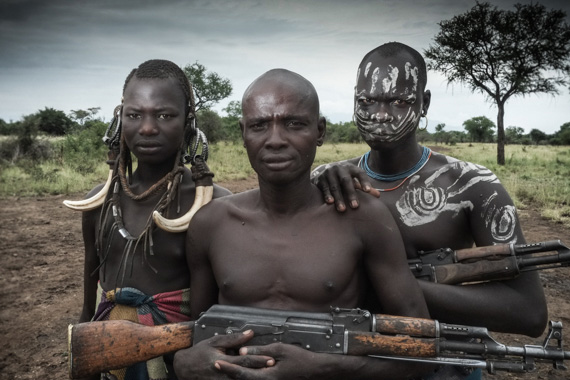
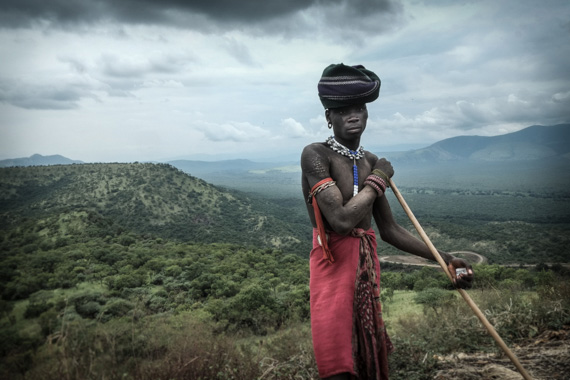
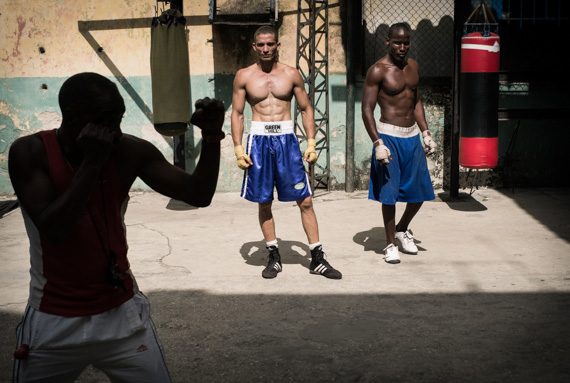
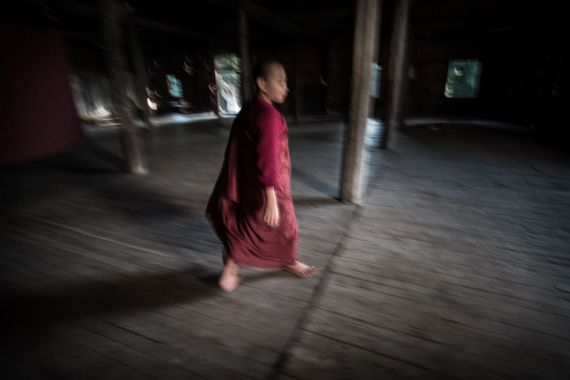
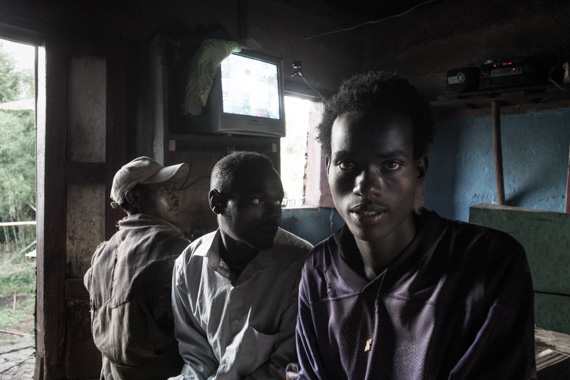
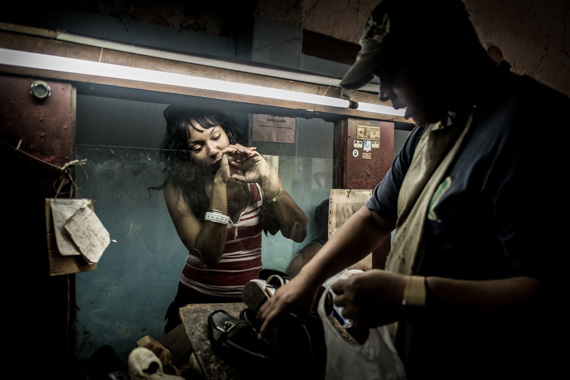
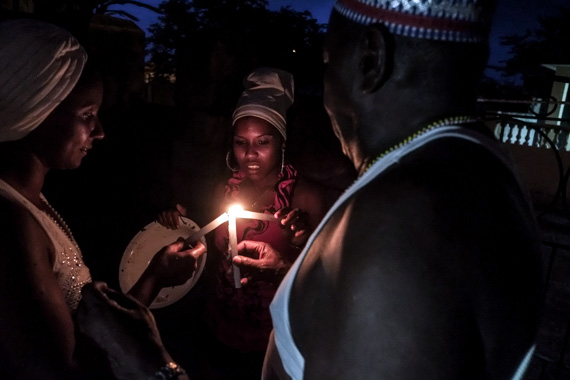
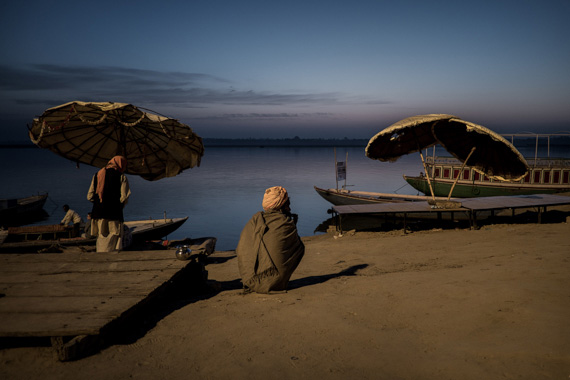






Many thanks for sharing your well-written article with top tips that will certainly help travelers getting their best shots. I especially agree with “Don’t act like a tourist or pro” – beautifully stated! That along with the smile will go a long way create a psychological advantage to build a bridge with your subjects. In fact, in some cases it’s best to avoid directly looking at people at all, a potentially aggressive action. For instance you wouldn’t want to be out in an open field in Alaska dominantly staring at a Grisly Bear mother, would you? No, better to look down and continue moving as though you are grazing the pastures looking for food in a non-threatening manner. Ditto when traveling as an apparent stranger with your “weapon” – your camera with a long lens and carrying a backpack full of what might appear to be ammo! In fact many leading photographers wanting to get CANDID street photos will shoot wide with a camera from their hip (cropping the shot in post).
So as you so poignantly highlight, be respectful of others – when in Rome…
Happy trails, Michael